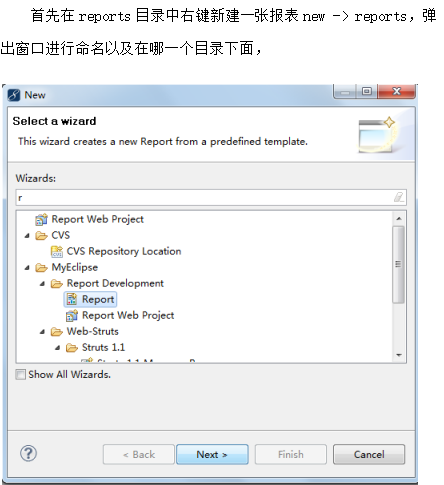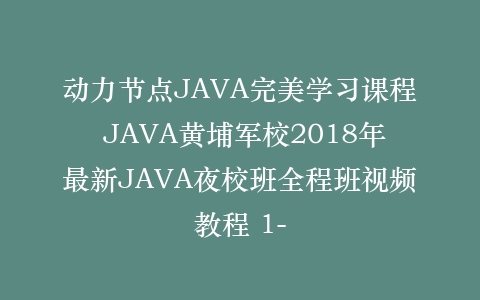
代码生成技术原理及在项目中的应用实践:从理论到实战的完整指南
作为一名在软件开发领域摸爬滚打多年的工程师,我见证了代码生成技术从实验室走向生产环境的完整历程。记得第一次接触代码生成时,我还在怀疑:这会不会又是一个华而不实的概念?但经过多个项目的实践验证,我不得不承认,合理运用代码生成技术,确实能显著提升开发效率和代码质量。
代码生成技术核心原理
代码生成技术的本质是通过预定义的模板和规则,将高级抽象转化为具体代码的过程。这听起来可能有些抽象,让我用一个生活中的例子来解释:就像我们用Word模板生成格式统一的文档一样,代码生成器使用代码模板来生成标准化的程序代码。
从技术架构角度看,典型的代码生成器包含三个核心组件:
- 元数据输入:定义需要生成代码的结构和属性
- 模板引擎:包含代码生成逻辑和占位符的模板文件
- 输出处理器:将填充后的模板写入目标文件
让我分享一个在实际项目中踩过的坑:曾经我们团队为了赶进度,直接使用字符串拼接的方式生成代码,结果维护起来异常痛苦。后来我们转向使用专业的模板引擎,才发现这才是正确的打开方式。
搭建基础代码生成器:从零开始
让我们从最简单的例子开始,创建一个能够生成Java实体类的代码生成器。首先,我们需要定义数据模型:
// 实体类定义
const entityDefinition = {
className: "User",
packageName: "com.example.entity",
fields: [
{ name: "id", type: "Long" },
{ name: "username", type: "String" },
{ name: "email", type: "String" },
{ name: "createTime", type: "LocalDateTime" }
]
};
接下来,创建模板文件。这里我推荐使用Handlebars模板引擎,它的语法简洁易懂:
package {{packageName}};
import java.time.LocalDateTime;
public class {{className}} {
{{#each fields}}
private {{type}} {{name}};
{{/each}}
{{#each fields}}
public {{type}} get{{capitalize name}}() {
return this.{{name}};
}
public void set{{capitalize name}}({{type}} {{name}}) {
this.{{name}} = {{name}};
}
{{/each}}
}
最后是生成器的核心逻辑:
const Handlebars = require('handlebars');
const fs = require('fs');
// 注册辅助函数
Handlebars.registerHelper('capitalize', function(str) {
return str.charAt(0).toUpperCase() + str.slice(1);
});
function generateEntity(entityDef) {
const templateSource = fs.readFileSync('entity-template.hbs', 'utf8');
const template = Handlebars.compile(templateSource);
const generatedCode = template(entityDef);
// 写入文件
const fileName = `${entityDef.className}.java`;
fs.writeFileSync(fileName, generatedCode);
console.log(`成功生成实体类: ${fileName}`);
}
// 使用示例
generateEntity(entityDefinition);
实战案例:Spring Boot项目中的CRUD代码生成
在实际的Spring Boot项目中,我们经常需要为每个实体类生成Controller、Service、Repository等重复性代码。让我分享一个在电商项目中实际应用的例子。
首先,我们扩展数据模型,包含更多业务信息:
const moduleDefinition = {
moduleName: "user",
basePackage: "com.example.ecommerce",
entity: {
name: "User",
fields: [
{ name: "id", type: "Long", isId: true },
{ name: "username", type: "String", required: true },
{ name: "password", type: "String", required: true },
{ name: "email", type: "String", validation: "email" }
]
},
operations: ["create", "read", "update", "delete", "list"]
};
然后创建对应的模板。以Repository模板为例:
package {{basePackage}}.repository;
import {{basePackage}}.entity.{{entity.name}};
import org.springframework.data.jpa.repository.JpaRepository;
import org.springframework.stereotype.Repository;
@Repository
public interface {{entity.name}}Repository extends JpaRepository<{{entity.name}}, Long> {
{{#if (includes operations "findByEmail")}}
{{entity.name}} findByEmail(String email);
{{/if}}
{{#if (includes operations "existsByUsername")}}
boolean existsByUsername(String username);
{{/if}}
}
这里有个重要的经验分享:在生成Repository时,一定要考虑查询方法的命名规范。我曾经因为方法名不符合Spring Data JPA的约定而导致运行时错误,排查了很长时间。
高级技巧:动态模板与条件生成
随着项目复杂度增加,简单的模板可能无法满足需求。这时我们需要引入条件生成和动态模板技术。
比如,根据字段的验证规则生成对应的注解:
public class {{entity.name}} {
{{#each entity.fields}}
{{#if isId}}
@Id
@GeneratedValue(strategy = GenerationType.IDENTITY)
{{/if}}
{{#if required}}
@NotBlank(message = "{{name}}不能为空")
{{/if}}
{{#if validation}}
{{#eq validation "email"}}
@Email(message = "邮箱格式不正确")
{{/eq}}
{{/if}}
private {{type}} {{name}};
{{/each}}
}
在实际项目中,我们还实现了基于数据库元数据的自动生成。通过读取数据库表结构,自动生成对应的实体类和Repository:
async function generateFromDatabase(connectionConfig) {
// 获取数据库元数据
const tables = await getTableMetadata(connectionConfig);
for (const table of tables) {
const entityDef = convertTableToEntity(table);
generateEntity(entityDef);
generateRepository(entityDef);
generateService(entityDef);
}
}
性能优化与最佳实践
在大型项目中,代码生成器的性能变得尤为重要。以下是我总结的几个关键优化点:
- 模板缓存:避免重复编译模板
- 增量生成:只生成发生变化的文件
- 并行处理:对独立模块使用并行生成
这里是一个优化后的生成器示例:
class OptimizedCodeGenerator {
constructor() {
this.templateCache = new Map();
}
getTemplate(templatePath) {
if (!this.templateCache.has(templatePath)) {
const source = fs.readFileSync(templatePath, 'utf8');
this.templateCache.set(templatePath, Handlebars.compile(source));
}
return this.templateCache.get(templatePath);
}
async generateInParallel(entities) {
const promises = entities.map(entity =>
this.generateForEntity(entity)
);
return Promise.all(promises);
}
}
集成到开发流程
代码生成器最终要融入到团队的开发流程中。我们的做法是:
- 在项目初始化阶段运行代码生成器搭建基础架构
- 将生成器集成到Maven/Gradle构建流程中
- 设置代码生成钩子,在数据库变更时自动更新相关代码
- 建立代码生成规范,确保生成代码符合团队编码标准
这里提供一个Maven插件的配置示例:
com.example
codegen-maven-plugin
1.0.0
generate-sources
generate
避坑指南与经验总结
经过多个项目的实践,我总结出以下几点重要经验:
- 不要过度生成:只为真正重复的模式生成代码,保持灵活性
- 保持生成代码的可读性:生成的代码也要符合团队的代码规范
- 版本控制策略:建议将模板文件纳入版本控制,但生成的文件可以忽略
- 回退机制:确保在生成出错时能够快速回退到之前的状态
记得有一次,我们的代码生成器因为模板错误生成了大量有问题的代码,由于没有完善的回退机制,花了半天时间才修复。从那以后,我们都会在生成前备份重要文件。
代码生成技术不是银弹,但它确实是一个强大的工具。当正确使用时,它能够将开发者从重复劳动中解放出来,专注于更有价值的业务逻辑开发。希望本文的经验和示例能够帮助你在项目中成功应用代码生成技术!
2. 分享目的仅供大家学习和交流,您必须在下载后24小时内删除!
3. 不得使用于非法商业用途,不得违反国家法律。否则后果自负!
4. 本站提供的源码、模板、插件等等其他资源,都不包含技术服务请大家谅解!
5. 如有链接无法下载、失效或广告,请联系管理员处理!
6. 本站资源售价只是赞助,收取费用仅维持本站的日常运营所需!
源码库 » 代码生成技术原理及在项目中的应用实践





